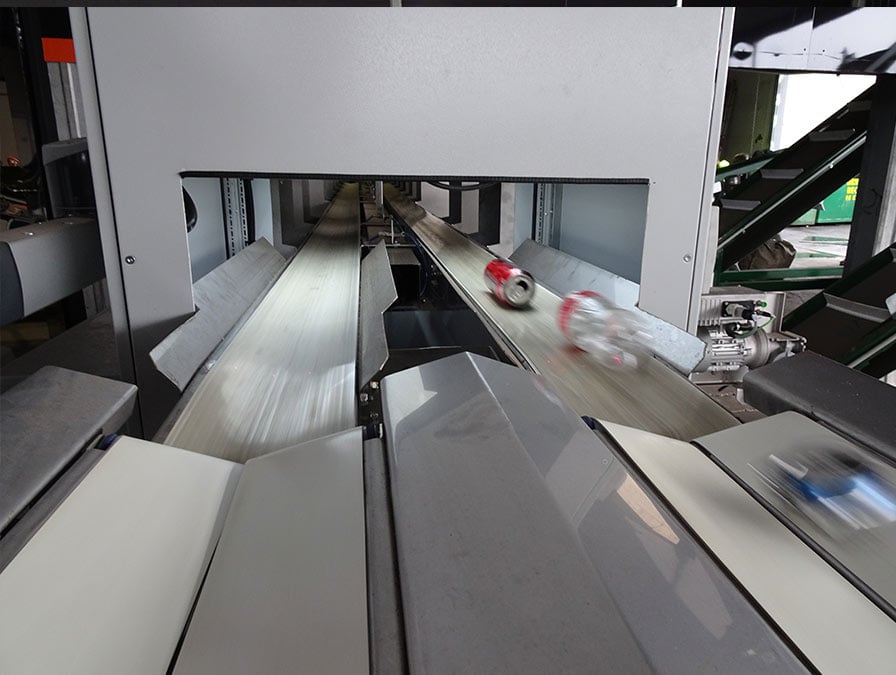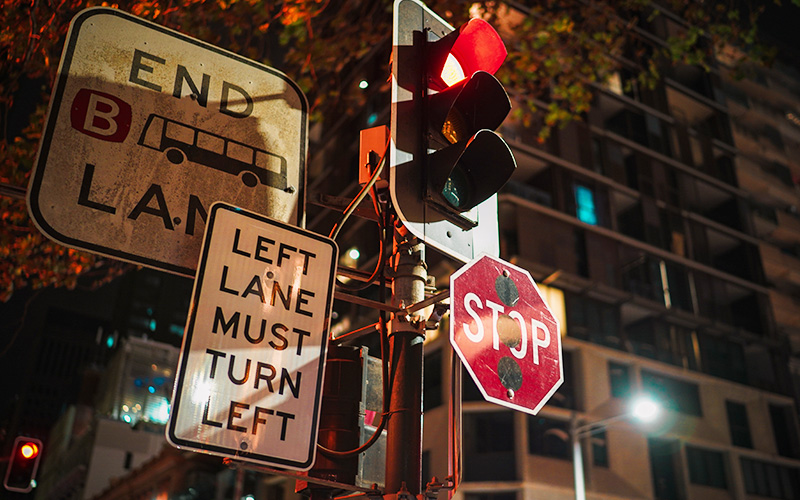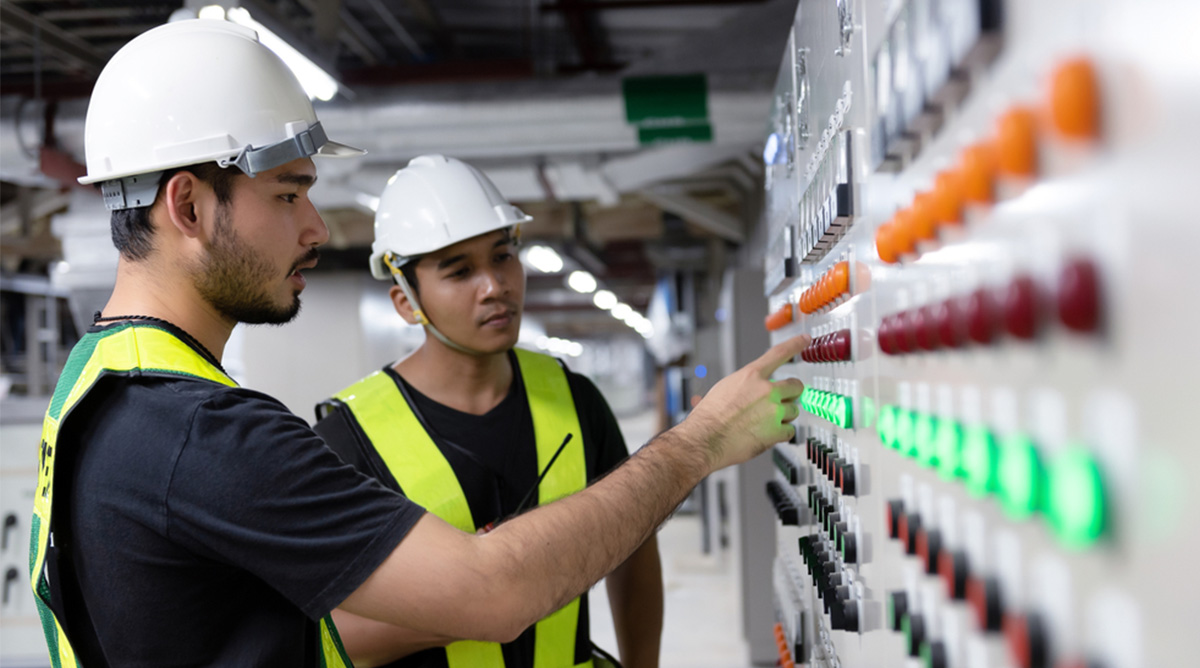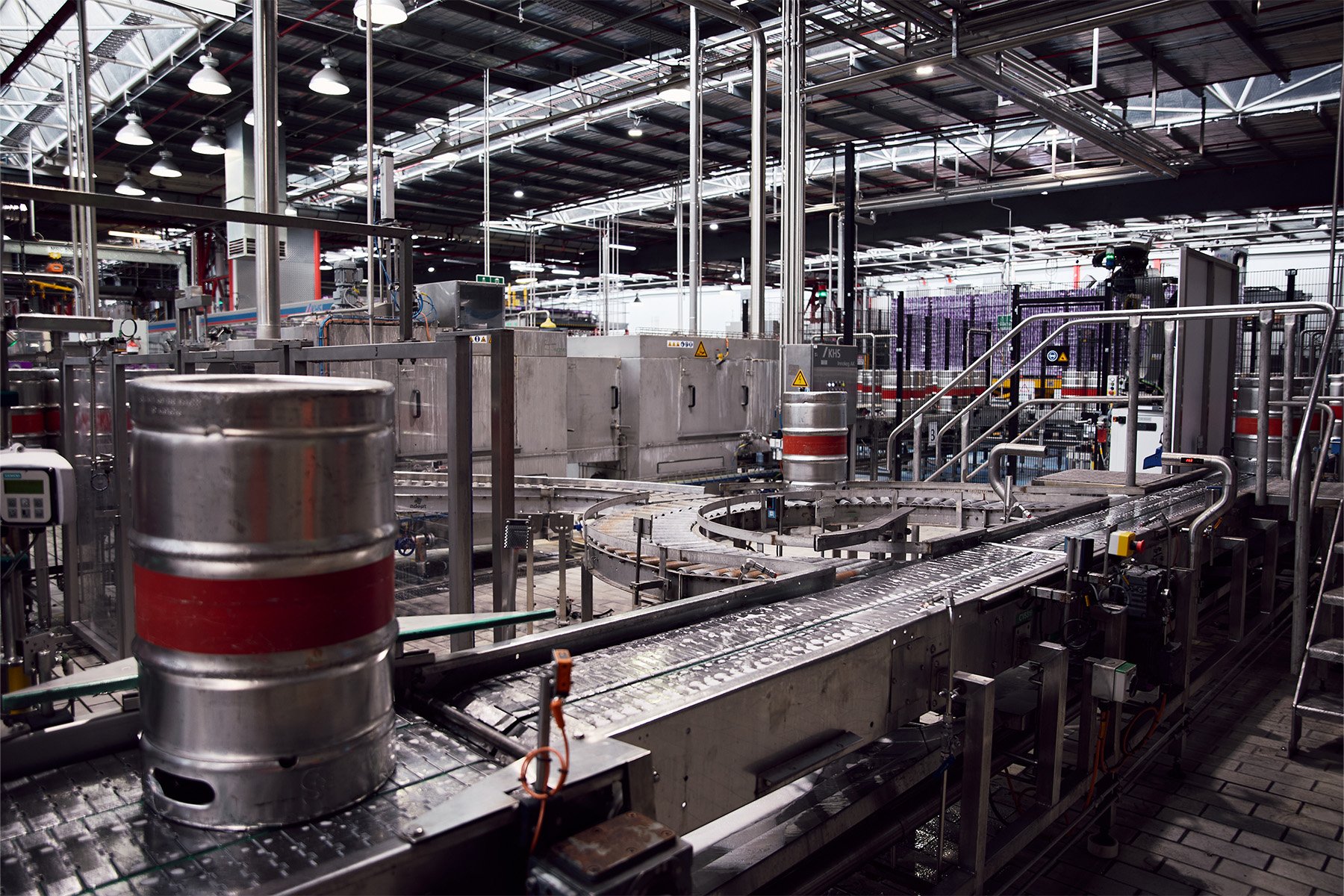Nukon partners with Container Deposit Systems Australia, control system specialists SAGE Automation and UniSA to revolutionise recycling as we know it.
These days, you don’t have to look hard to find a story of the Industrial Internet of Things (IIoT) revolutionising manufacturing plant floors.
It’s less common, however, to hear about IoT fighting the War on Waste.
But Container Deposit Systems Australia (CDSA) is doing just this.
CDSA enlisted Nukon and sister company SAGE Automation (with help from researchers at UniSA) to develop four ‘smart’ container returns and refund systems – set to revolutionise the recycling refund process.
One of the four solutions - the Vision Counting & Sorting System (CSS) - was announced as finalist in two categories of the 2018 Packaging & Processing Innovation & Design Awards (PIDA) .
The Vision CSS automatically sorts, identifies and counts container types for recycling depots – all to help increase the uptake of recycling under the Australian Container Deposit Legislation (CDL) scheme.
The system is also an example of the Internet of Things (IoT) in practice; container data is sent to the cloud for a faster processing and customer refund process, as well as historical reporting and greater probity of information across multiple sites.
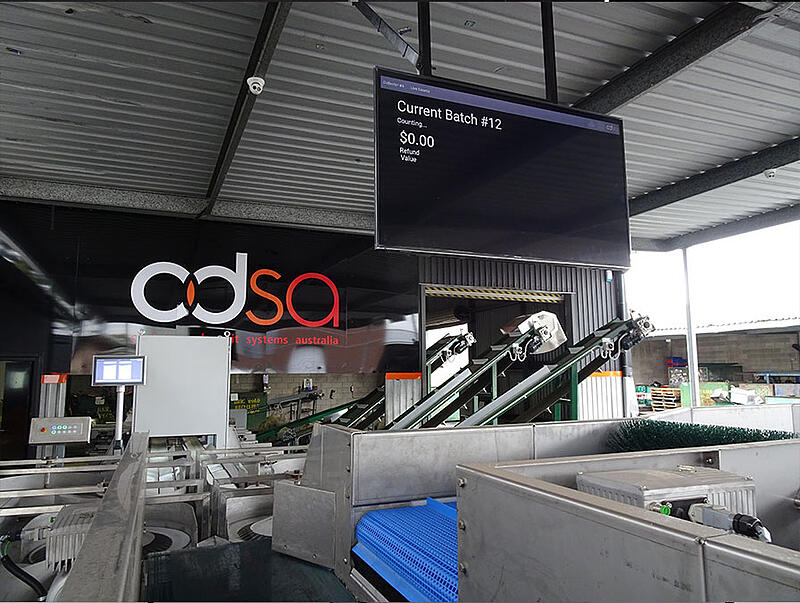 The automatic Vision Counting Sorting System (CSS) and display screen showing container count and refund data in real-time.
The automatic Vision Counting Sorting System (CSS) and display screen showing container count and refund data in real-time.
The challenge: recycling refunds process
Recycling depots have for many years experienced problems including long wait times for customers, theft and poor count accuracy due to manual counting and sorting.
Plus, technology alternatives to the manual counting method have also been limited; the European-made reverse vending machines on the market only accept and scan containers with intact barcodes – and one at a time. Anything slightly damaged or with no label cannot be refunded.
CDSA Executive Chairman Brett Duncanson said years of experience in the industry had prompted CDSA to find an alternative solution.
“We knew manual sorting was a pain point in the customer process and other technological solutions weren’t quite hitting the mark,” he said.
The solutions

The PIDA award nominated ‘Vision Container Sorting System’ (CSS), the ‘Smart Wall’, the ‘Smart CAGE’ and the ‘Input Station’ are each designed for specific use from depots, through to public spaces or at public events. You can read more about them in the case study.
The Vision CSS has five skids with 26 conveyors and a central vision system camera (by UniSA) which identifies each item and sorts them into the correct skid using a smart algorithm.
“The vision CSS accurately sorts and counts containers by type as well as providing daily and historical reports, depot performance, material amounts and linking to CCTV to deal with customer issues,” Nukon Senior Consultant Damian Jolly said.
It harnessed a range of technologies; the Nukon customer-facing solution used Single-Board Computers, Amazon Web Services (AWS) and Encryption, while the SAGE control system solution used Beckhoff control and NORD drives.
“We’ve brought the worlds of IoT, digitisation, control systems and research together to come up with something highly novel and fit-for-purpose”, SAGE Group CEO Adrian Fahey said.
“As data becomes more pertinent across manufacturing, transport, operations and business, we see this collaborative approach as the gold standard. We’re bringing together industry and researches’ best minds to deliver the best thinking,” Mr Fahey said.
“But it’s also about encouraging our clients to collaborate more between their IT and operational departments as this is where the biggest gains will be found.”
Greater quality for manufacturers
Combinations of the vision technology, sorting system and/or IoT data network is able to bring facilities faster and more accurate quality processes and data probity – at low implementation and operating costs.
“What’s exciting here is how the technology were using, like single-board computers and cloud-based IT infrastructure, is cheap to implement and run,” Mr Jolly explained, “We can set up 5-6 devices for less than cost of a desktop computer.”
The fact that the customer-facing solution was developed and deployed as Platform as a Service (PaaS), also reduces IT infrastructure and data hosting costs.
“We’d never be able to do this with traditional technologies so this shows how the IoT is changing our world – from manufacturing to recycling and beyond,” he said.
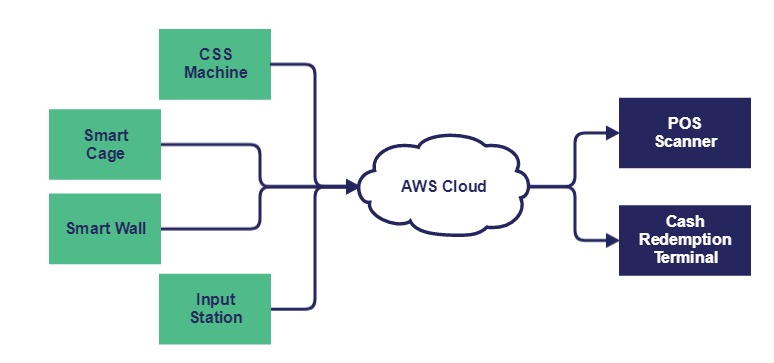 A basic illustration of the PaaS-based customer-facing solution
A basic illustration of the PaaS-based customer-facing solution
Client says this will help promote recycling and a reduction in landfill
“The solution has made the returns process quicker and easier for customers, provided probity of information between members of the scheme and it proposes a viable business opportunity for container depots, both existing and new – all to decrease Australia’s landfill,” Mr Duncanson said.
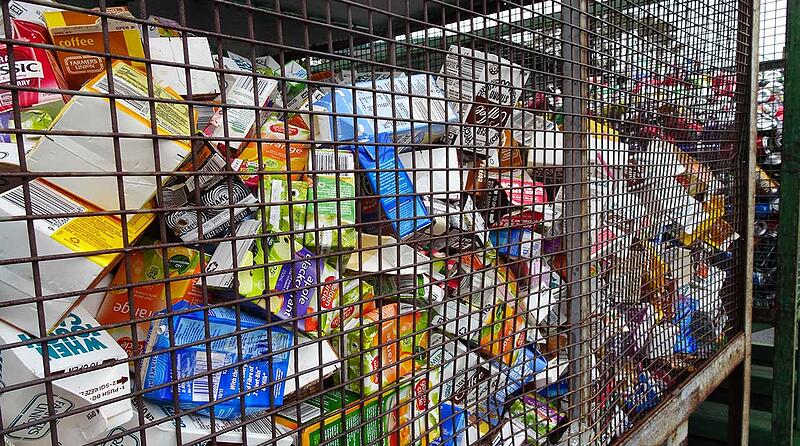
In Australia, South Australia (SA), Northern Territory and New South Wales are currently the only states to adopt Container Deposit Legislation (CDL), which offers 10c to anyone who returns an empty container.
SA has the lowest percentage of containers-to-landfill in the country – which has been largely attributed to its long running CDL scheme which began in 1977.
The solutions are currently running at the Meringue Avenue Recycling Centre. A full suite of CDSA’s solutions will be available to other recycling depots over the next year.
*Read how all 4 solutions work in the case study: IoT provides answer to War on Waste or contact us today with your questions.

